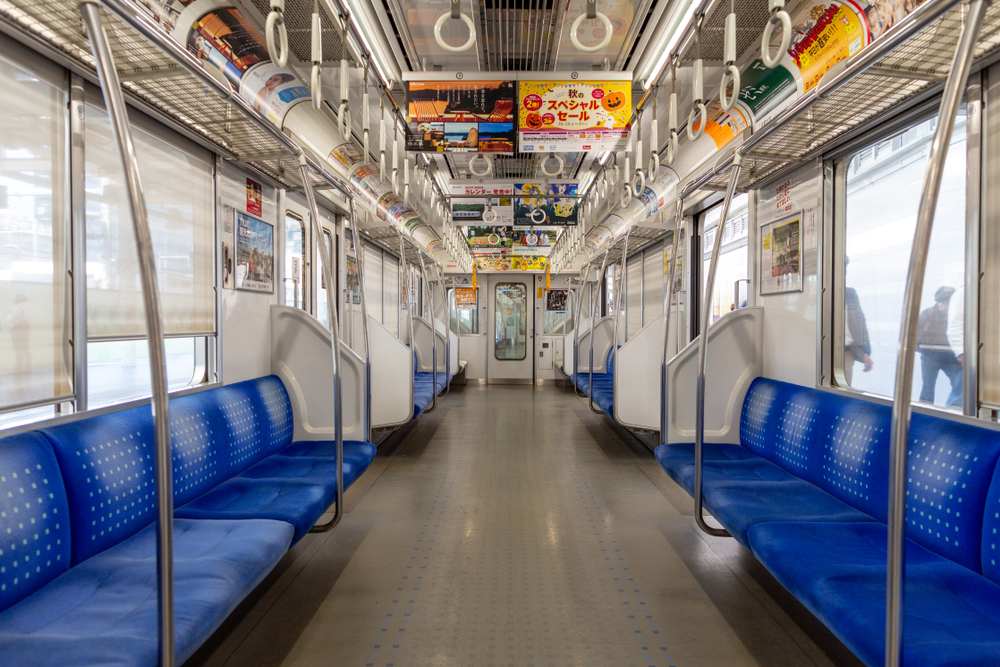On Tuesday reports confirmed that Japan’s Cabinet had approved first passage of a bill allowing Prime Minister Shinzo Abe to declare an official state of emergency in order to curtail the spread of the novel coronavirus, COVID-19. As things stand, parliament is expected to sign off on the bill by Friday, with the declaration to be made on Saturday.
In the wake of the toilet paper-buying fiasco, and Thursday’s announcement that Tom Hanks contracted coronavirus, this landmark move is likely to throw the Japanese public into a further state of hysteria.
In theory, Abe can put the nation into state of emergency for a period of up to two years from the date of the bill’s approval, which has the potential to alter the fabric of Japanese society. But in practice, what does a state of emergency actually look like?
Japan's lawmakers debate state of emergency https://t.co/ePGhVMTV9N
— NHK WORLD News (@NHKWORLD_News) March 11, 2020
State of Emergency Logistics
Firstly, according to the current laws, certain prerequisites have to be met in order for the government to make the declaration. These include: domestic reports of patients; a serious threat posed to people’s health, lives and the economy; and difficulty to contain the infection through other legal means. Whether or not they have been met, is still a matter of contention in the halls of the Diet.
Japan instituting a draconian police state, as has been seen in parts of Wuhan near the source of the virus, is unlikely. Even Italy’s stringent containment measures, where coronavirus cases have erupted exponentially, have been called into question for testing the limits of democracy; the Italian government has threatened to arrest or fine people for moving around and between certain parts of the country.
Japan’s state of emergency is likely to be a little less aggressive. Even the language used to define the logistics is softer than we have seen elsewhere in the world. Japan can legally “request” its public to behave in a certain way, but is still unlikely to “enforce.” One of the main changes that a state of emergency would bring, is that it makes the COVID-19 situation “official.” But in Japan, just that hanko of legal approval could make all the difference.
Japan ruling bloc considering third batch of measures against COVID-19 https://t.co/mL4jIWyIua
— The Japan Times (@japantimes) March 12, 2020
State of Emergency in Practice
After the declaration has been made, Abe can issue directives to local governments to focus on targeted responses to tackling the spread of COVID-19. Each of the 47 prefectural governors will then have the final say on how measures are enacted within their constituencies.
Such measures include: asking residents to stay inside and curtailing the movement of people, closing public facilities and canceling large events, expropriating land and buildings to use as medical facilities and requesting or ordering emergency transportation of goods.
In terms of how this will affect everyday lives, the change might feel mostly nominal. In Tokyo, the majority of schools have already been ordered to close for a period of one month; a state of emergency may result in an extension of this.
People may be asked to stay indoors and encouraged to work from home unless given permission to do otherwise – a tactic already employed by many businesses. Even public transport is likely to run as usual as most of it is controlled by private enterprises not beholden to the Transport Ministry nor the government.
The question that remains is: Will people fully comply will government requests? And if they don’t, will the state, already wary about infringing on basic human rights, risk punishing people en masse?
Tokyo governor says canceling Olympics 'not an option.'https://t.co/XyWPC9SFSr
— Nikkei Asia (@NikkeiAsia) March 12, 2020
The Final Upshot
When, and if, the declaration is made, don’t expect Japanese expressways populated by checkpoints and barricades, a militant police force enforcing new laws at street level, or walled in cities relying on air drops of food rations and medical supplies. We are instead likely to get more of the same, with an extra emphasis on caution.
With the Tokyo Olympics still set to take place this summer, and with Japan’s economy balancing on a knife-edge, many pundits believe Abe will only declare a state of emergency as a worst-case scenario. And even if he does, it gives the government the legal ability to act, but not necessarily the cause. So, it’s not time to panic – at least not yet.
Feature image: photosounds / Shutterstock.com









